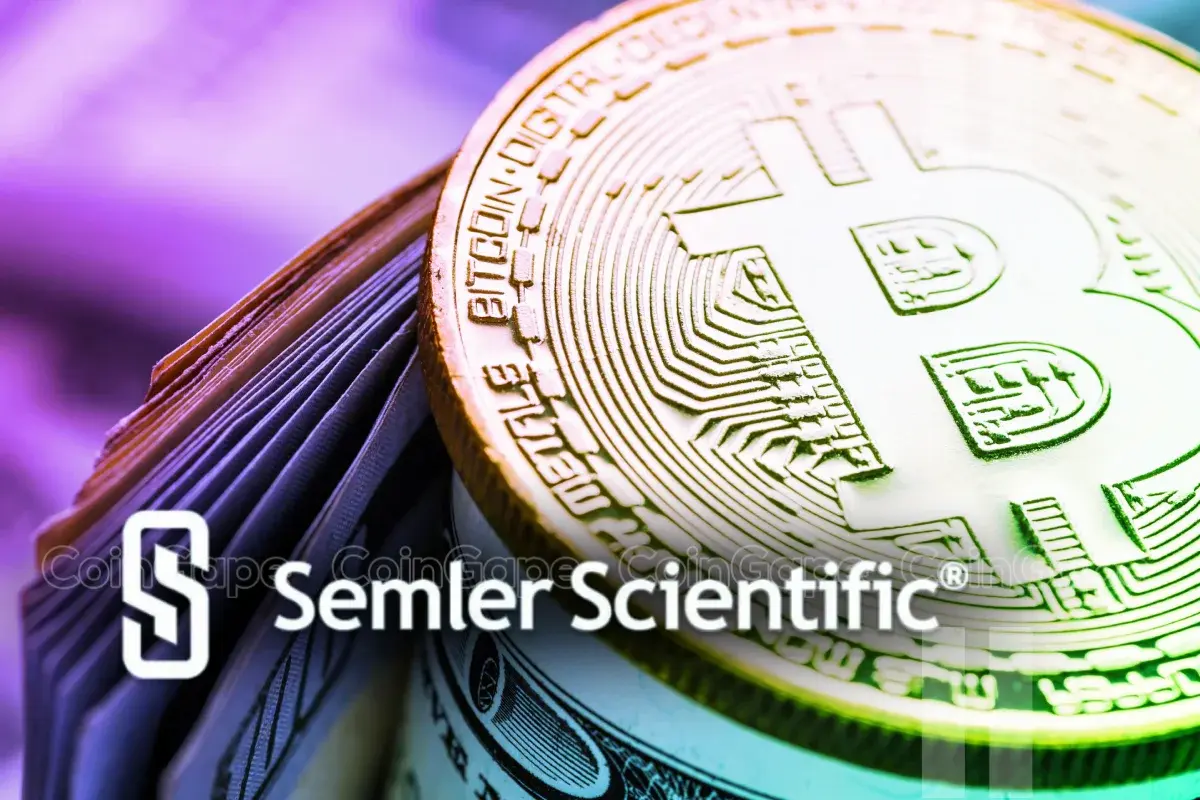
Semler Scientific has filed with the U.S. Securities and Exchange Commission (SEC) to issue $500 million in securities. This move follows the company’s announcement of a $30 million settlement with the Department of Justice (DOJ). The funds raised are expected to be used for various corporate purposes, including acquiring more Bitcoin.
Semler Scientific Settlement with DOJ
Semler Scientific has reached a tentative agreement with the DOJ, agreeing to pay $29.75 million to settle claims related to marketing its flagship product, QuantaFlo. The settlement addresses accusations of potential violations of federal anti-fraud laws.
While the DOJ’s investigation started in 2017, it was only in recent months that Semler entered discussions to resolve the matter. The company stated that it has complied with several subpoenas over the years, which led to the current settlement negotiations.
In its Tuesday filing with the U.S. Securities and Exchange Commission (SEC), Semler disclosed that the settlement agreement is not final yet. If the agreement is approved, the company plans to use a loan from Coinbase, secured by its Bitcoin holdings, to fund the $30 million payment. Semler’s current Bitcoin holdings amount to 3,192 BTC, valued at approximately $267 million today.
Bitcoin as Collateral for Loan from Coinbase
To finance the settlement, Semler Scientific has partnered with Coinbase, one of the largest cryptocurrency exchange.
According to the terms of the contract, the firm will receive a cash and digital asset loan from it, backed by its BTC balance.
The crypto-based loan from Coinbase will ensure Semler has adequate balance to facilitate settlement without straining its balance in other aspects of its operations.
Plans for Further BTC Purchases
Not limiting itself to the $30 million DOJ settlement, Semler Scientific has hinted at intent to purchase more Bitcoin. To issue new securities, the company has submitted an S-3 for registration with the SEC in an effort to offer $500 million in securities.
The funds raised from this selling will increase the company’s Bitcoin holdings, which it has outlined as a plan to diversify cryptocurrency.
Semler’s intentions of acquiring more Bitcoin come simultaneously with those of other firms, such as Michael Saylor’s Strategy, which also accumulates the cryptocurrency. Just recently, Strategy bought 3,459 bitcoins for $285.8 million, and thus, it is now holding 531,644 bitcoins.
Similarly, Metaplanet has bought $26.3m worth of Bitcoins, demonstrating that the firm remains bullish in this market volatility. These purchases come in light of a potential reversal in the Bitcoin price that some analysts, such as the Titan of Crypto, have estimated to hit $137,000.
The post Semler Scientific Files To Buy $500M in Bitcoin Amid $30M DOJ Settlement appeared first on CoinGape.





 — the ADA/JPY pair on Binance is up +79% in 24h trading volume, making it the second highest volume pair globally for
— the ADA/JPY pair on Binance is up +79% in 24h trading volume, making it the second highest volume pair globally for